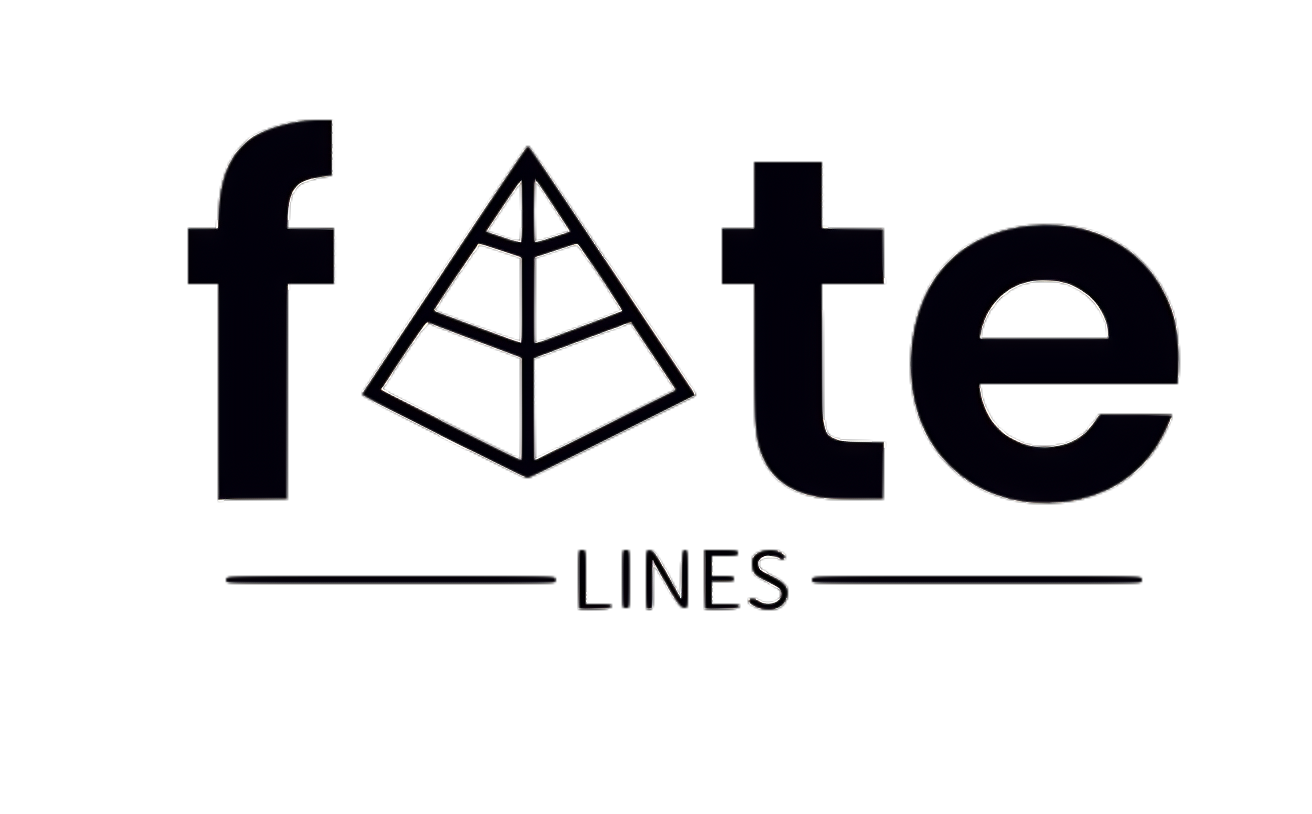The Nuckelavee: A Monstrous Terror of the Sea
Mythology often serves as a reflection of humanity’s deepest anxieties, giving shape to forces that threaten existence. Among the most fearsome beings in Irish and Scottish folklore is the Nuckelavee—an horrific creature said to rise from the depths of the sea, wreaking havoc through disease, devastation, and death. Despite its relative obscurity compared to other legendary figures, the Nuckelavee represents a chilling force of nature, embodying chaos and violence while reminding us of the vulnerabilities faced by humankind.
Origins and Etymology of the Nuckelavee
The etymology of “Nuckelavee” is often traced back to the Orcadian term “knoggelvi,” influenced by Norse culture. It is linked to the nokk—a shape-shifting water spirit from Scandinavian lore able to assume the guise of an enchanting horse to ensnare victims. However, the Nuckelavee eclipses the nokk in horror, presenting itself as a creature simultaneously man and beast.
Rooted in the traditions of the Orkney Islands, where the symbiosis of life and death in the sea is keenly felt, the Nuckelavee personifies the multitude of fears associated with maritime life. The tumultuous waters of these islands gave rise to tales of monstrous beings—explanations for sudden calamities such as drownings and pestilences. Sharing characteristics with Ireland’s Fomorians, mythical embodiments of chaos, the Nuckelavee acts as a symbol of the uncontrollable forces that lurk in nature.
The Appearance of the Nuckelavee: A Creature of Nightmares
Distinctly terrifying, the Nuckelavee possesses an inconceivable appearance described as a fusion between horse and human. Notably, the creature has a horse’s body, but instead of a conventional rider, a grotesque figure arises from its back. This humanoid is often depicted as towering and elongated, with disproportionately long arms and a massive, gaping mouth, while its singular bloodshot eye seems to embody malice.
Equally disturbing, the horse’s body is shown lacking skin—its raw, exposed flesh emitting a ghastly odor. The notion of it having fins instead of legs accentuates its connection to aquatic origins, creating an unsettling hybrid entity that defies the natural order.
Among its many dreadful attributes, the Nuckelavee’s breath induces plague and death, spreading disease wherever it roams. This malevolent quality aligns it with beings from mythology, like the morrígan, who represents death in a more passive role. The Nuckelavee actively enforces destruction, serving as a terrifying allegory of the unseen perils that threaten communities, particularly in isolated islands where disease can ravage swiftly.
The Nuckelavee’s Domain: Land and Sea
Primarily a creature of the ocean, the Nuckelavee defies confinement, emerging on land to unleash chaos and calamity. While the sea is regarded as a source of life, it also poses significant dangers. The Nuckelavee embodies both aspects, serving as a reminder of humanity’s precarious relationship with nature.
When it comes ashore, the Nuckelavee is often associated with periods of vulnerability in communities—during droughts or outbreaks of disease. Legends specify conditions under which it emerges, such as particular winds or lunar phases. These components illustrate the belief in nature’s interwoven supernatural influences.
Despite its formidable powers on land, certain natural barriers offer protection—namely freshwater sources. Rivers and streams are believed to inhibit the Nuckelavee’s approach, illustrating an ancient understanding of water as a protective force against malevolence.
The Nuckelavee as a Symbol of Fear and Nature’s Wrath
More than just a mere monster, the Nuckelavee encapsulates the unmistakable fear of uncontrollable natural forces and disease. Its very essence serves as an embodiment of humanity’s existential frailty.
In the Orkney Islands, the fear of disease is amplified by the communal experience of sudden outbreaks. The Nuckelavee manifests this dread, portraying disease as an invisible, malevolent force capable of decimating populations. Unlike the passive role of the banshee in Irish folklore, the Nuckelavee actively instigates calamity, turning it into a fearsome being representing the darker aspects of existence.
Defeating the Nuckelavee: Folk Remedies and Protections
As with many entities of folklore, the Nuckelavee is not devoid of weakness. Tales suggest methods for thwarting its destructive force. The most notable is the Nuckelavee’s aversion to freshwater, which allows communities to safeguard against its wrath by utilizing natural barriers.
Additionally, folklore features the Sea Mither—a benevolent spirit that embodies the sea’s nurturing qualities and serves as an adversary to the Nuckelavee. This duality is reflected in the cyclical struggle between the two, emblematic of nature’s intricacies within the mythos.
The Nuckelavee in Modern Culture and Literature
In contemporary literature and media, the Nuckelavee has made its mark as a symbol of dread and chaos. Its chilling imagery continues to intrigue authors who weave themes of fear and the unknown into their narratives.
It becomes a metaphor for contemporary issues like environmental collapse and pandemics—depicting the unforeseen perils that can abruptly upend human life. Its hybrid form challenges traditional boundaries, embodying themes of disorder and chaos that resonate through modern dialogues.
Through the lens of myth, the Nuckelavee stands as a powerful symbol of our kinship with nature—a reminder of the unmanageable forces that reside in the shadows. Its enduring legend serves as a cautionary tale about the delicate balance between humanity and the natural world, reminding us of our continual struggle to coexist with the unpredictable realm of the sea.


